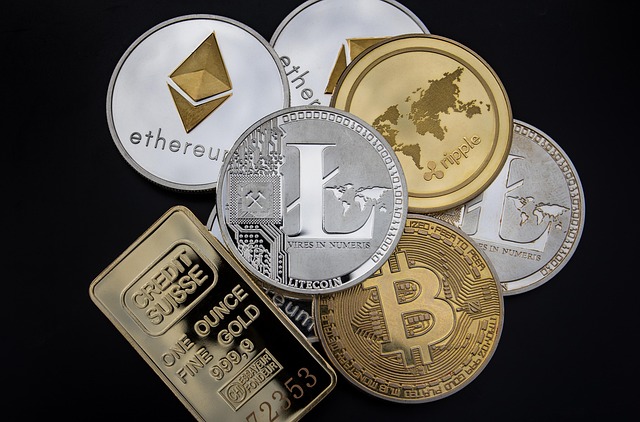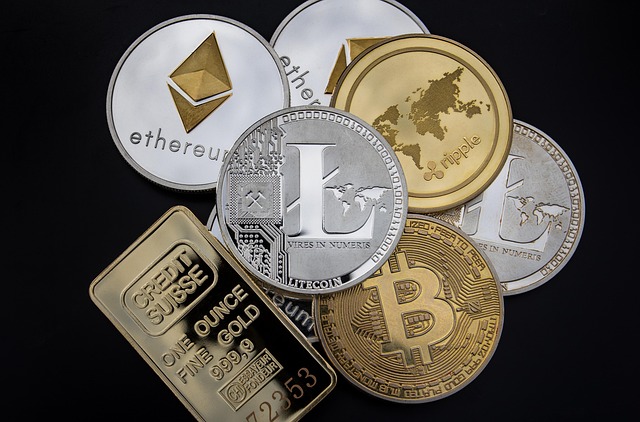Litecoin wallets are rapidly evolving to keep pace with technological advancements in the crypto market. Developers are introducing hardware wallets and multi-signature technology for enhanced security, along with advanced authentication methods like biometric identification and two-factor authentication. Blockchain technology innovations such as smart contracts promise secure and transparent transactions. The future of Litecoin wallets is characterized by improved usability through intuitive interfaces, easy transaction processes, and customizable settings, making crypto more accessible to non-technical users. Integration with blockchain technologies, biometric authentication, and hardware wallets will ensure better protection against cyber threats, while the rise of NFTs and DeFi platforms may lead to innovative wallet integrations for managing diverse digital assets.
The future of Litecoin wallets is bright, with continuous innovations in security and usability. As the cryptocurrency landscape evolves, so do the needs of users. This article explores the changing security measures within the Litecoin wallet ecosystem, focusing on enhanced protection against growing cyber threats. Additionally, it delves into design strategies to cater to a broader user base, ensuring accessibility and intuitiveness. Finally, we forecast upcoming trends and integrations that will shape the future of Litecoin wallets, highlighting their role in the ever-expanding digital economy.
- The Evolving Landscape of Litecoin Wallet Security
- Enhancing Usability: Designing for a Wider Audience
- The Road Ahead: Predicting Future Trends and Integrations
The Evolving Landscape of Litecoin Wallet Security

The landscape of Litecoin wallet security is continually evolving, mirroring the technological advancements in the broader cryptocurrency sphere. Early days saw simple hot and cold wallets, with security primarily relying on robust encryption and private key management. As litecoin (LTC) gains traction, developers are introducing innovative solutions like hardware wallets, which offer an extra layer of protection by isolating the private keys from online threats. Additionally, multi-signature (multi-sig) technology is gaining popularity, enhancing security through requiring multiple approvals for transactions, thus mitigating risks associated with single points of failure.
Further strides in wallet security involve incorporating advanced authentication methods such as biometric identification and two-factor authentication (2FA). These features not only strengthen user accounts but also improve usability by streamlining the verification process. The integration of blockchain technology advancements like smart contracts is also poised to play a significant role, enabling more sophisticated security protocols that ensure transactions are both secure and transparent.
Enhancing Usability: Designing for a Wider Audience

Litecoin wallets are evolving to cater to a diverse range of users, prioritizing enhanced usability and accessibility. Traditional wallet designs often focused on technical expertise, making them less intuitive for newcomers. However, future innovations aim to simplify the process, ensuring even non-technical individuals can securely manage their Litecoin funds with ease. This shift in design philosophy is crucial to Litecoin’s mass adoption, enabling a broader audience to participate in the cryptocurrency economy.
By incorporating user-friendly interfaces and simplified interactions, Litecoin wallets are becoming more inclusive. Features like intuitive on-screen guides, easy-to-understand transaction flows, and customizable settings cater to various user preferences. These advancements democratize access to Litecoin, encouraging wider acceptance and usage among folks who might have previously been deterred by complexity.
The Road Ahead: Predicting Future Trends and Integrations

The future of Litecoin wallets is poised for significant advancements, driven by a relentless pursuit of enhanced security and improved usability. As technology evolves, we can anticipate several trends shaping this space. For instance, integration with blockchain technologies will likely deepen, allowing for more sophisticated transaction tracking and enhanced privacy features. Biometric authentication and hardware wallets are expected to gain traction, offering users robust protection against cyber threats.
Furthermore, the development of non-fungible tokens (NFTs) and decentralized finance (DeFi) platforms may spark innovative wallet integrations. Litecoin wallets could become versatile hubs for managing various digital assets, simplifying user interactions across different blockchain ecosystems. These predictions underscore the dynamic nature of the cryptocurrency landscape, where Litecoin continues to carve out its niche, promising enhanced functionality and accessibility for users worldwide.
As we peer into the future, it’s evident that Litecoin wallets are undergoing significant transformations. With enhanced security measures and improved usability, these digital wallets are becoming more accessible and robust. The integration of innovative technologies like blockchain advancements and user-friendly designs promises a seamless experience for a broader range of users. The litecoin ecosystem is poised to welcome a new era where secure transactions and intuitive interfaces go hand in hand, shaping the way we interact with cryptocurrencies worldwide.







Leave a Reply
You must be logged in to post a comment.